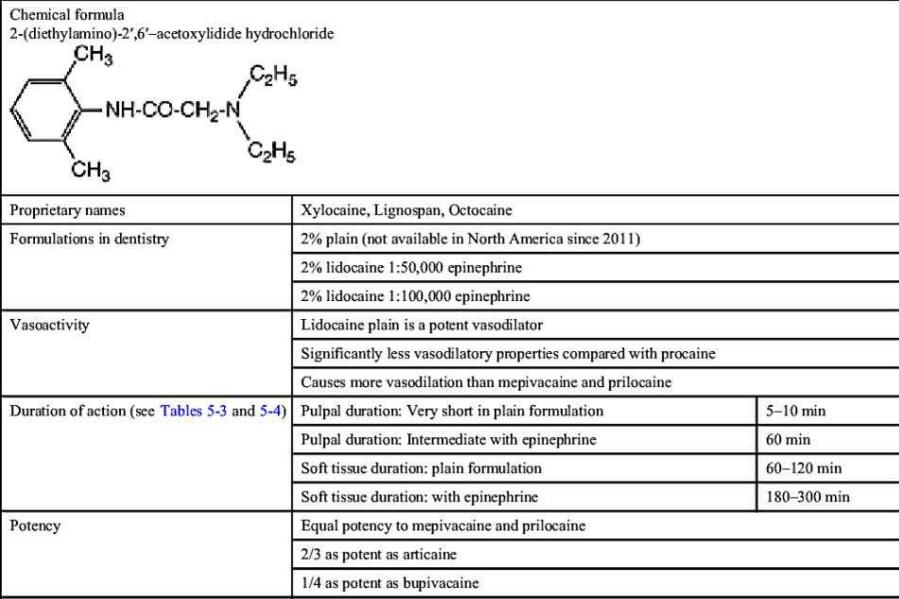Prilocaine: Overview and Applications in Outpatient Surgeries and Arthroscopy Procedures
General Description
Prilocaine, an amide-type local anesthetic with intermediate potency and fast onset, is distinguished by its secondary amine structure, resulting in lower toxicity levels compared to tertiary amine anesthetics like lidocaine. Its high clearance rate minimizes the risk of reaching toxic blood concentrations, making it a safer option for regional anesthesia. Prilocaine has proven efficacy in perianal outpatient surgery and arthroscopy knee surgery, offering effective analgesia with rapid recovery times. Studies have demonstrated its advantages over other anesthetics, including quicker sensory and motor function recovery, which facilitates earlier discharge from the hospital. Despite its lower risk of methemoglobinemia at therapeutic doses and its continued relevance in medical practice, prilocaine's safety profile and effectiveness underscore its utility in various surgical contexts, highlighting its importance as a valuable anesthetic choice.

Figure 1. Prilocaine
Overview
Prilocaine is an amide-type local anesthetic, notable for its intermediate potency, fast onset, and secondary amine structure, distinguishing it from tertiary amine anesthetics like lidocaine. This structural difference contributes to prilocaine's lower toxicity levels, making it a safer option in terms of adverse effects. It boasts the highest clearance rate among amino-amide local anesthetics, significantly surpassing lidocaine, which results in much lower plasma concentrations when used for regional anesthesia. Consequently, prilocaine is less likely to reach toxic blood concentrations, allowing for a higher recommended maximum dose compared to lidocaine. Prilocaine is metabolized in the liver, breaking down into σ-toluidine and N-propylalanine, with σ-toluidine further metabolizing into compounds that can cause methemoglobinemia at high doses. However, the risk of this condition is low at therapeutic doses used for spinal anesthesia, highlighting prilocaine's safety profile. First synthesized in 1953, prilocaine underwent extensive pharmacological and toxicological studies since the 1960s. Despite its effectiveness and safety, prilocaine was never approved for intrathecal use in the USA but was utilized in the UK and France for spinal anesthesia until the late 20th century. Since 2005, prilocaine hydrochloride has been available in Germany and Switzerland as a 2% solution, both plain and hyperbaric, demonstrating its continued relevance in medical practice. 1
Application in Perianal Surgery
Prilocaine has demonstrated significant efficacy in perianal outpatient surgery, offering an optimal balance between effective analgesia and rapid recovery. A dose-finding study by Gebhardt identified 10 mg of 2% hyperbaric prilocaine as the recommended dose for surgeries lasting up to 40 minutes. This dosage provides sufficient analgesia while preserving motor function in the lower extremities, leading to shorter voiding and discharge times without the risk of urinary retention. Comparative studies further established prilocaine's advantages. When compared with 20 mg of 4% hyperbaric mepivacaine, 10 mg prilocaine resulted in quicker recovery times, including shorter time to first spontaneous micturition and faster discharge from the hospital. Additionally, prilocaine's favorable profile was confirmed against bupivacaine when combined with fentanyl. Patients receiving prilocaine experienced significantly shorter times to unassisted ambulation, sensory block resolution, and home discharge, highlighting its suitability for day-case perianal surgeries. The studies also noted prilocaine's ability to provide a shorter duration of spinal nerve blockade due to limited intrathecal spread, which is beneficial for outpatient settings. Despite this quicker sensory block recovery, prilocaine effectively delayed the time to first analgesic intake, suggesting that when paired with fentanyl, it enhances the quality of the sensory block without extending the motor block or delaying micturition. This evidence underscores prilocaine's applicability in perianal surgery, offering a compelling combination of effective anesthesia with minimal postoperative recovery time. 2
Application in Arthroscopy Knee Surgery
Prilocaine has been established as a valuable local anesthetic for spinal anesthesia in arthroscopy knee surgery, with studies highlighting its effectiveness and efficiency. Guntz et al.'s research pinpointed the ED90 of 2% hyperbaric prilocaine at 38.5 mg, advocating for a 40 mg dose to secure satisfactory sensory and motor blockade for most patients. This specific dosage not only promotes hemodynamic stability but also ensures rapid motor block regression, leading to a quicker eligibility for home discharge within about 205 minutes post-operation. Comparative evaluations with other anesthetics have underscored prilocaine's advantages. For instance, Ambrosoli et al. found that a 40 mg dose of prilocaine facilitated faster recovery and earlier home readiness than ultrasound-guided femoral-sciatic nerve blockade using mepivacaine. Although a study by Aguirre et al. comparing 60 mg of prilocaine with ropivacaine showed similar discharge and voiding times, it suggested that prilocaine offers a faster resolution of motor block. Despite the presence of faster-recovering alternatives like articaine in certain contexts, prilocaine, especially at around 40 mg, is distinguished for its optimal blend of effective anesthesia and swift postoperative recovery, positioning it as an excellent choice for facilitating efficient knee arthroscopy surgeries with minimal delay in patient recovery. 2
Reference
1. Crankshaw TP. Citanest (prilocaine) in spinal analgesia. Acta Anaesthesiol Scand Suppl. 1965;16:287-290.
2. Manassero A, Fanelli A. Prilocaine hydrochloride 2% hyperbaric solution for intrathecal injection: a clinical review. Local Reg Anesth. 2017;10:15-24.
Related articles And Qustion
Lastest Price from Prilocaine manufacturers

US $5.00-0.50/KG2025-06-05
- CAS:
- 721-50-6
- Min. Order:
- 1KG
- Purity:
- 99% hplc
- Supply Ability:
- 500TONS

US $5.00-0.50/KG2025-05-07
- CAS:
- 721-50-6
- Min. Order:
- 1KG
- Purity:
- 99% hplc
- Supply Ability:
- 500TONS





